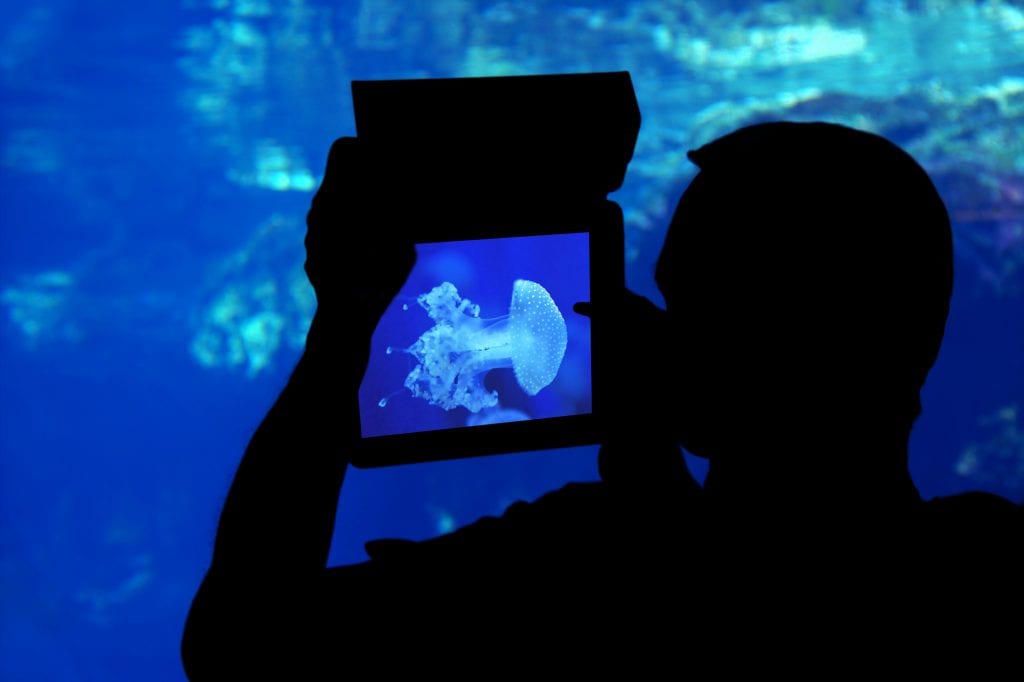Blog
You Might Also Want to Read
The history of websites for cultural institutions
Historically, many institutions were organized solely on the physical limitations of their space. Museums, zoos, and aquariums all had physical walls that separated the art, artifacts, and animals from the general public. Access to programming could only occur when visitors entered the institution. Certainly, institutions had community programming in which experts would bring some of the experiences offered by the institution to remote locations such as classrooms, however, these activities are difficult to scale. The web offers organizations a scalable platform to provide visitors with enhanced experiences by contributing more valuable engagement before, during, and after a visit. Web 1.0…
Alfred Goldberg May 23, 2017 (Updated on May 25, 2017)- 2 min read

Web 1.0
In the 1990’s the advent of the internet disrupted many industries; cultural institutions were not exempt. Early approaches to the web treated the new medium much like previous media, such as print. The practice of borrowing from earlier media led many cultural institutions to develop websites that functioned like brochures. These brochure-ware websites allowed visitors to learn about your organizations, find contact details, and possibly a calendar of events. As the capabilities of the web increased and users began to expect a more enhanced experience, organizations began to explore providing greater web experiences by adding functionality to browse collections, watch videos, and participate in discussion boards. However, the user experience was still predominantly one of passive consumption with the site creators dictating what is offered.
Web 2.0
In 2004, the internet started becoming increasingly interactive with the advent of social media websites and platforms for user-generated content. It is my opinion that this was the time in which cultural institutions began to fall behind.
In the words of Nina Simon, the “philosophies of Web 2.0 can be applied to [cultural institutions] to make them more engaging, community-based, vital elements of society.” Although there is a lot of debate over what Web 2.0 is and is not, I believe it is safe to say that Web 2.0 provided richer experiences and empowered the users to create content and prioritize and curate the content they most valued. Web 2.0 opened the door for institutions to provide more interactive experiences that fostered communities around their missions.
While some cultural institutions have embraced social media, such as Busch Gardens’ April the Giraffe cam, other attractions and artifacts based institutions have not. Rather than seeing it as a means to build a community, some organizations fall short and only view social media as a means of sharing content.
Strategic Opportunities
The web has provided cultural institutions with some opportunities to achieve strategic goals. While serving as the head of Mobile Strategy and Initiatives for the Smithsonian, Nancy Proctor developed six goals that can continue to act as a useful framework for all cultural institutions to embrace. The Smithsonian’s six strategic goals were:
- Engage Audiences where they are, both on-site and beyond our walls.
- Create new opportunities for learning, creativity and shared discovery within and beyond the museum and classroom.
- Open access to our data, collections, and research and support new uses of it through collaborative structures and platforms.
- Equip staff with new tools to work at the leading edge of their fields.
- Transcend disciplinary boundaries by connecting communities, conversations, and initiatives.
- Update the experience to reflect shared brand values.
The Time is Now
Although some organizations such as the Smithsonian Institute embraced these opportunities, most cultural institutions were unable to do so. Challenges often included a lack of requisite knowledge, a lack of resources, and a lack of vision. Despite these challenges, organizations must embrace the web as a platform for developing and enhancing both onsite and online visitor experiences.
If you are a museum, zoo, aquarium or other cultural institution, and you want to create new ways to engage your visitors through your website or a custom digital strategy, contact Absolute Marketing Solutions today.
May 23, 2017 - 2 min read
